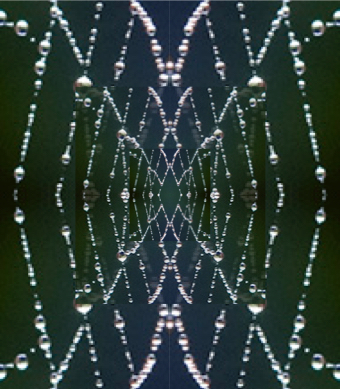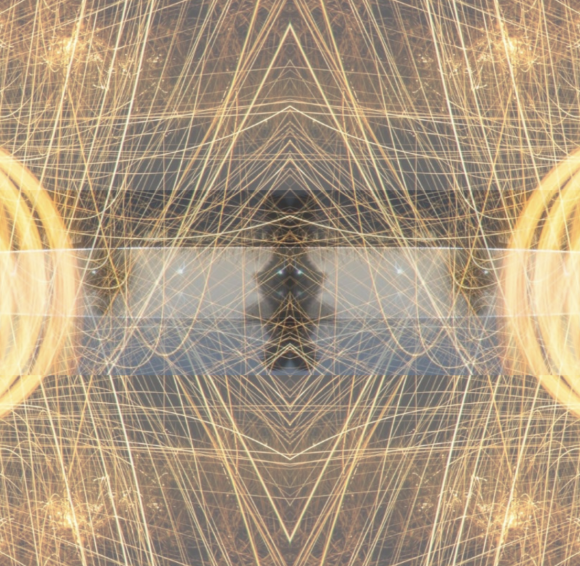In one of the most fascinating passages of The Dream and the Underworld, Hillman considers dream characters — the familiar people from the day world such as our friends, colleagues, or parents who seem to appear and talk to us in the dream.

In analytical psychology, these figures are taken to tell us something about the unconscious psyche of the dreamer, i.e. to represent or personalize elements of the unconscious, which may be either elements of the personal or even the collective (archetypal) unconscious. In the Hillmanian style of analytical psychology, this means further that: “In dreams we are visited by the daimones, nymphs, heroes, and Gods, shaped like our friends of last evening.” (DU 99; compare 61-62.)
Hillman arrives at this statement via two moves. The first is classical Freudian/Jungian: we do not interpret dreams as being “about” the real-world people (the actual human beings from our waking-life experience), or, in Jung’s terminology, on the “object level”. Instead we assume that everything in the dream is a self-presentation of the dreamer’s psyche in images, following some archetypal pattern, and merely using our impression of the inhabitants of the day world as materials to instantiate that pattern in some kind of scene or plot. By assuming this and reading the dream accordingly, we have transitioned from the literal interpretation on the object level to the “subject level”. (On this blog, I have mainly referred to the subject level as “symbolic level.”) The second move, however, is specifically Hillmanian, and already couched in terms of underworld shadows and mythological figures (i.e., the daimones etc.). For even on the subject level now, we do not simply interpret the characters (the “friends of last evening”) as standing in for some psychological feature of the dreamer (e.g. the dreamer’s unconscious “calculating” character traits). Instead, we assume that they are collective, archetypal forces, who appear in a concrete instance, and which the dreamer merely did observe in the shape and form of their friends.
The persons I engage with in dreams are neither representations (simulacra) of their living selves nor parts of myself. They are shadow images that fill archetypal roles; they are personae, masks, in the hollow of which is a numen.
DU 60-61.
(And the numen, in this quote, is precisely one of those daimones, etc., from the one I cited earlier.)
Now if we grant this, the next question is obvious: “why don’t the shades and Gods come in their own shapes; why do they bother with the dream incarnations, my family and friends and odd strangers?” (DU 99.) And once again Hillman’s answer has to do with the difference between soul and spirit:
Without my friends of last evening, a dream would be a direct communication with spirits in a numinous vision. A dream is not a vision, however, as the psyche is not the spirit. The dream brings in the vale of the world, those banalities and trivialities and beautiful complexities like my friends, which are necessary for what dreams do in the soul.
DU 99-100.
There’s a number of noteworthy details here.
First, the use of the term “vale of the world” brings in the imagery of the “Peaks and Vales” essay, where it is assigned to the realm of soul (whereas the “peaks”, in their typical forms such as peak experiences or meditative clarity, are assigned to spirit).
Secondly, the “banalities and trivialities and beautiful complexities” more or less align with the two characteristica we have already discussed as the focus of soul-work, namely pathologizing (alluded to in the “banalities and trivialities”, also reminiscent of the Freudian notion of a “psychopathology of everyday life”) and love of anima confusions (performatively expressed by referring to those complexities as “beautiful”). This alignment would also be consistent with another distinguishing mark of soul-work we’ve already seen: immersion in the world and necessary interconnectedness with other souls (than my own).
And thirdly, the dream process itself (the activity that unfolds in the dreamer) seems to be, in Hillman’s view, a kind of soul-work: there is something that dreams themselves “do in the soul”. By implication, this strongly suggests that spirit-work is a matter of the day world (only); whereas psychology, including dream-work if correctly done on Hillmanian lines, would be soul-work: a form of “dreaming on the dream” (a phrase of Jung’s which Hillman frequently quotes with approval).




[…] little while ago, I dug into a question Hillman poses about dream characters: “why don’t the shades and Gods come in […]